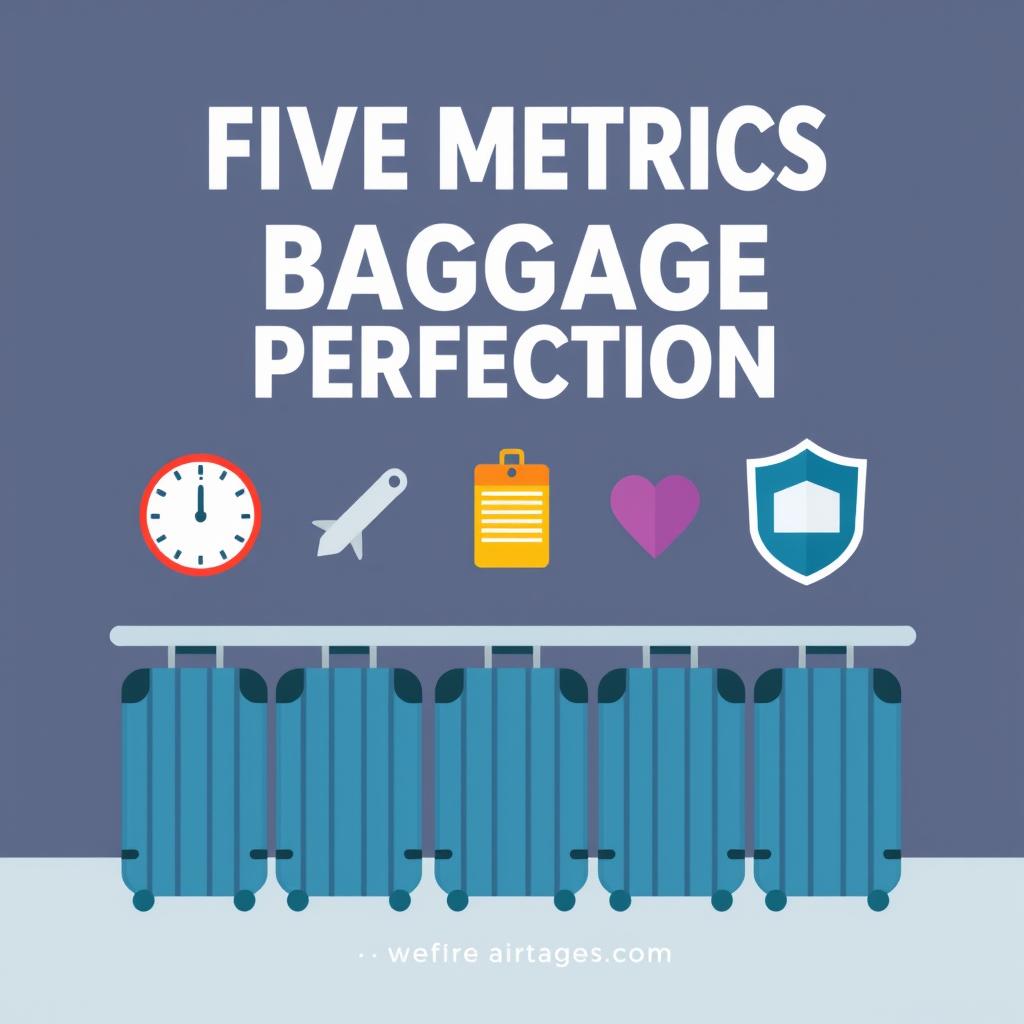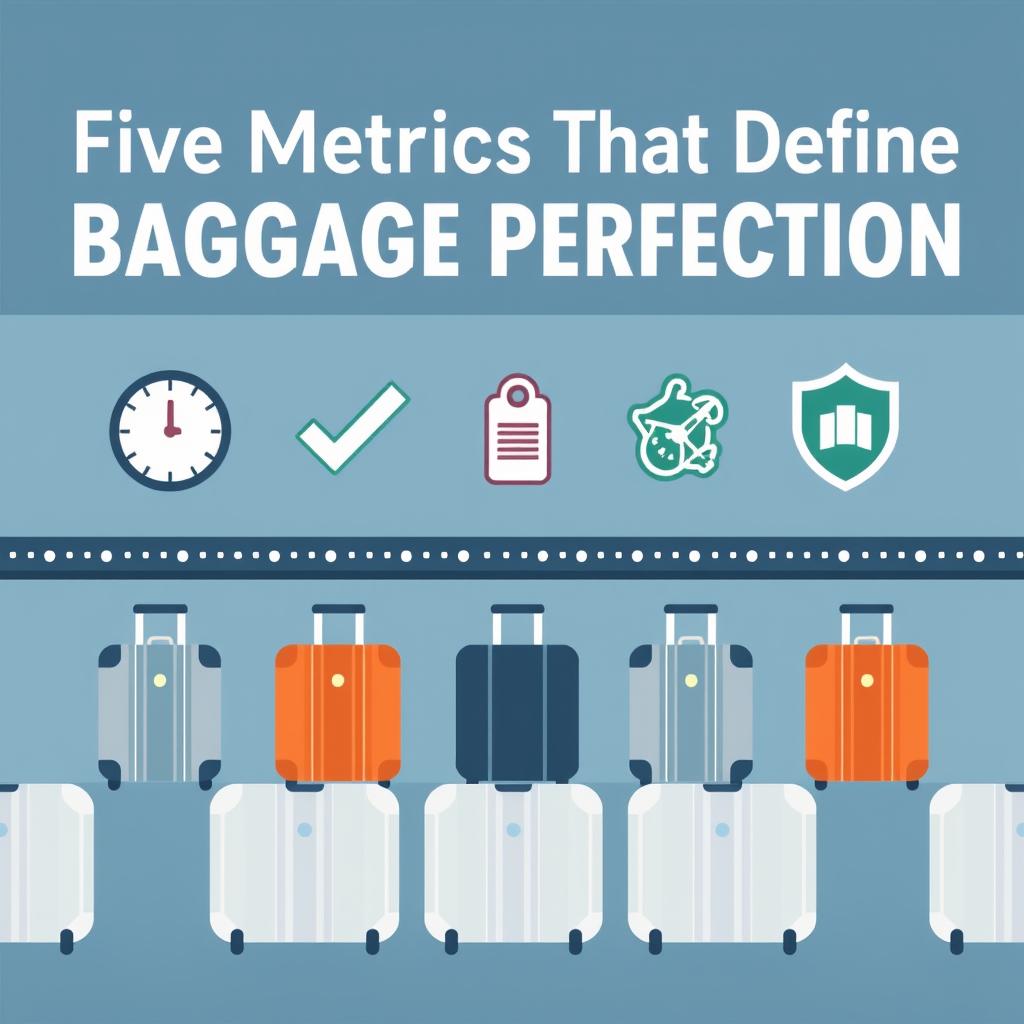In baggage operations, quality is measured across several core areas that drive performance and customer satisfaction. Industry programs have highlighted five focal points. Notably, IATA’s End-to-End Baggage initiative lists these five key areas of baggage services: (1) baggage tracking, (2) unique baggage identification, (3) XML baggage messaging, (4) data sharing among stakeholders, and (5) automated back-office processes (linkedin.com). These five areas correspond to major sources of inefficiency or error, and improving each one is critical to quality.
- Baggage Tracking: Ensuring that each bag is scanned at all required points (as per Resolution 753) falls under tracking. Quality here is measured by scan compliance rates and “bags tracked versus bags checked.” High compliance means few missed scans.
- Unique Identification: This area covers the license plate system and moves toward a global unique ID. Quality measures might include the percentage of bags with readable tags and the absence of duplicate tag numbers. Having one unambiguous ID per bag prevents mix-ups.
- Modern Messaging (XML): This focuses on messaging efficiency. Quality metrics include the rate of valid baggage messages exchanged, or error rates in message processing. Transitioning to XML/JSON (see previous section) improves data accuracy, so quality here is seen in fewer message rejections and more real-time data flow.
- Data Sharing: This involves how well airlines, airports, and handlers share baggage data. Metrics include the availability of a single source of truth (for example, a common baggage database) and how quickly bag status updates propagate across partners. For example, performance can be measured by whether an interline carrier receives all baggage info within seconds of a bag-drop.
- Automated Processes: These include technologies like electronic baggage tags, automated reconciliation (auto-prorate tools), and self-service bags drops. Quality in this area is measured by adoption rates of automation and the resulting reductions in manual errors. For instance, an airport might measure how many bags were issued e-Tags (and thus tracked automatically) or how quickly baggage disputes are resolved through automated systems.

Besides these focus areas, the most direct overall metric of baggage quality is the mishandled baggage rate. Airlines and IATA monitor how many bags per thousand flights are lost, delayed or damaged. For context, in 2023 the global rate was about 6.9 mishandled bags per 1,000 passengers (iata.org). The industry’s goal (as noted in IATA’s baggage strategy) is to drive that number down – for example, aiming below 4.5 per 1,000 (linkedin.com). Meeting that target would reflect high quality in all the key areas above.
Other important measurements include on-time delivery times and baggage claim delays. Resolution 753 itself mentions using tracking data to check Service Level Agreements – for example, a requirement might be that 99% of transfer bags be on the next flight, or that arrival bags be on the carousel within 15 minutes of landing (iata.org). By recording timestamps at the tracking points, airlines can measure these SLA metrics and drive improvements.
In summary, measuring baggage area quality means focusing on those five core service areas – tracking, ID, messaging, data sharing, and automation – and translating them into specific KPIs (scan rates, error rates, mishandling rates, etc.). Addressing each area thoroughly is how airlines and airports raise the bar on baggage performance and customer satisfaction (linkedin.com)(iata.org).
Sources: IATA standards and guides (Baggage Reference Manual, Resolutions 740/751/753, RP 1745) and industry reports were used to summarize these topics (en.wikipedia.org)(iata.org)(linkedin.com).


